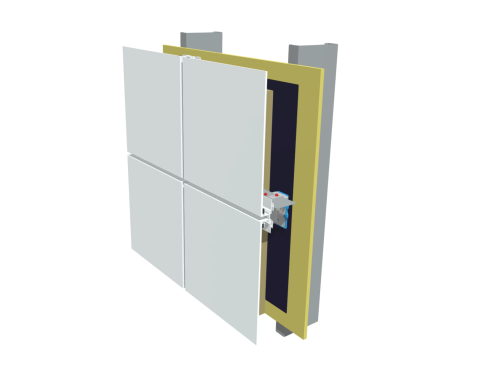How did we get here? The transition to maintenance activities
So far in this series, we first looked at the good old days, when CSI membership rose continually, sometimes at an amazing rate. During the growth period, we saw that membership in CSI offered tangible benefits. CSI was an organization that helped those involved in construction to understand how construction documents are related, how to prepare them, and how to interpret them. Much of that information was developed by CSI members, so there were countless opportunities for members to take an active part in the future of specifications. Face meetings were important because the only other options for communication were written letters, which made real-time discussion impossible, and telephone calls, which were quite expensive.
We then looked at the effect of the economy on membership. Frequently the bogeyman for many things that ailed CSI, I think it is obvious that only rarely was there a correlation between the economy and CSI membership. In some cases, membership grew dramatically during and after recessions. More significantly, upturns in the economy did not result in a return of lost members. I did not mention a couple of other suggested reasons for membership decline. Some blamed it on member classification, arguing that people didn't want to join an organization that supposedly discriminated against its own members by referring to some as professional, the implication being that other members were less than professional. The membership application form was another target; supposedly, it was too difficult to figure out. Both of these issues were addressed with no discernible effect on membership.
As noted in previous articles, CSI had a lot to offer for many years. The problem now is that we have little to offer that is seen as critically necessary or unique. Organization of construction information, at least in written form, typically follows MasterFormat and SectionFormat, and there has been an increase in the use of UniFormat. Commercial guide specifications are available from BSD, ARCOM, Kalin Associates, SpexPlus, and others, so there is at least a perception that specifications are "taken care of" and they no longer require much attention. Although specifiers often complain about them, manufacturers' specifications are much improved and generally require only simple modifications to be useful.
Because of CSI's success in those areas, and because it has not moved on from them, we don't have much to offer in the way of creative activities. We have gone from an active organization, with many ways to contribute to construction documents and processes, to an organization focused on maintaining what already has been done. That does not mean that maintenance is not important or challenging work, but it's not as enticing as working on new programs.
It's not that there is nothing more to do, or that new programs haven't been proposed. Even ignoring the missed golden opportunity to continue doing what CSI had done best by organizing building modeling information, members have made many interesting suggestions. Here are some of the more recent programs, all of which were initiated just before or since our peak membership.
- 1997. Contribution to the Uniform Drafting System, maintenance status.
- 1998. PerSpective. Sold to BSD.
- 2004. UDS Certification Feasibility Task Team, terminated.
- 2008. GreenFormat. Updated 2014, little activity since.
- 2009. Practice Guides (updates of PRM/MOP), published.
- 2011-2012. Body of Knowledge Assessment. Used by task teams to determine essential information.
- 2013. Building Technology Education Program Feasibility Task Team, terminated.
Of course, task teams comprise but a small percentage of the total membership, but active task teams indicate to members that something useful is going on.
What else can CSI do? Michael Chusid offers some interesting thoughts.
- Create a replacement for the moribund spec-data format for technical information that addresses current concerns and both electronic and digital delivery.
- Create standards for incorporating meaningful product information into BIM.
- Continued training of newcomers to design, construction, and building management industries in contract documents.
- Tools to help coordinate and improve the accessibility of the incomprehensibly broad range of data necessary for construction.
- Assess how robotics, 3d printing, holograms, smart buildings, etc., will affect the roles and responsibilities of the players in the construction team.
Do you have a suggestion for a new program?
© 2016, Sheldon Wolfe, RA, FCSI, CCS, CCCA, CSC
Agree? Disagree? Leave your comments at http://swconstructivethoughts.blogspot.com/
When you subscribe to the blog, we will send you an e-mail when there are new updates on the site so you wouldn't miss them.






